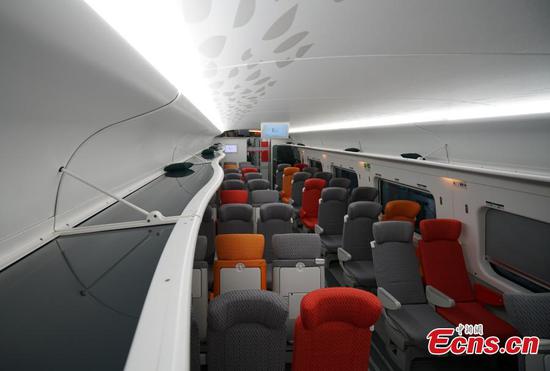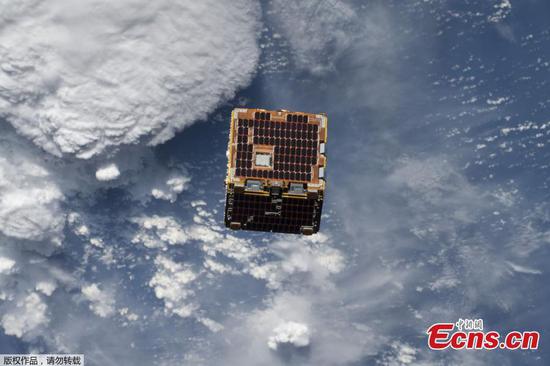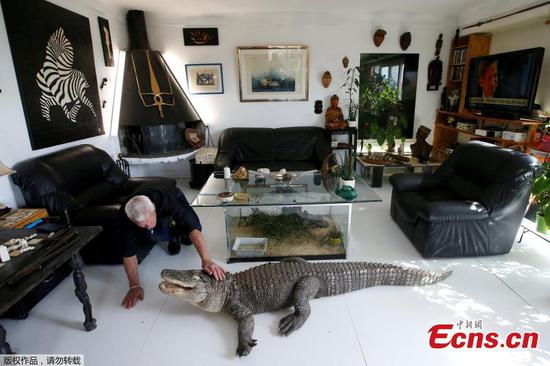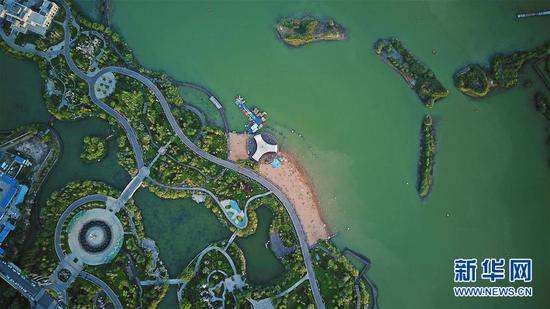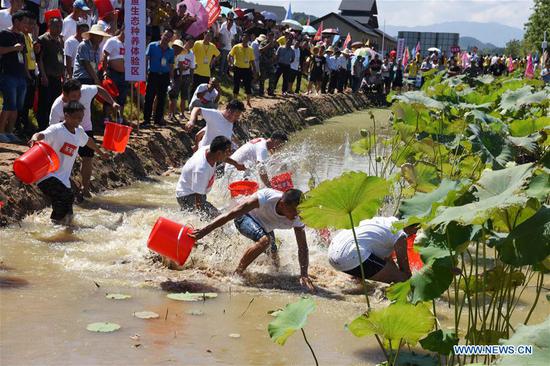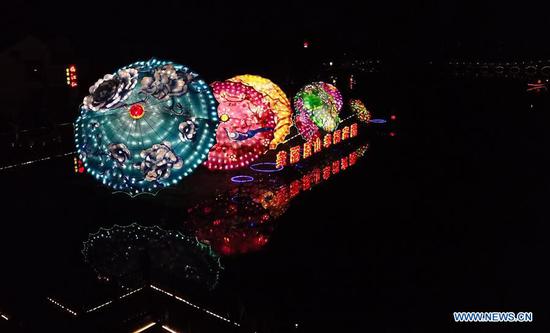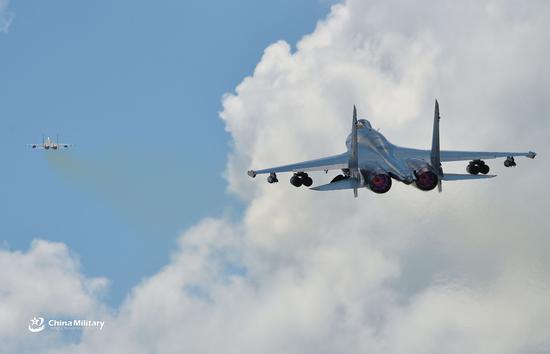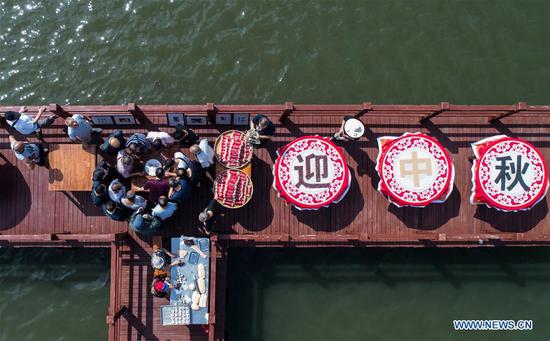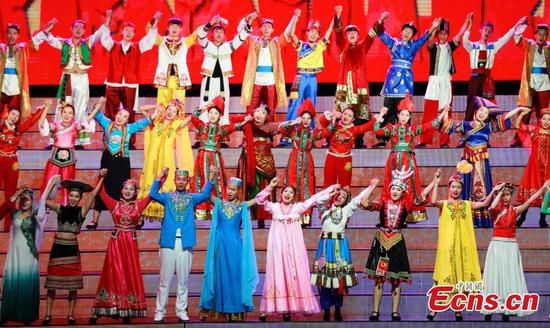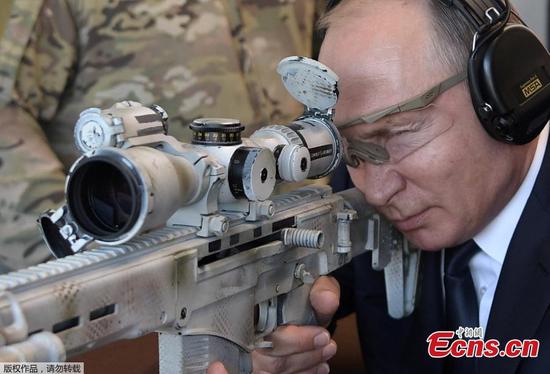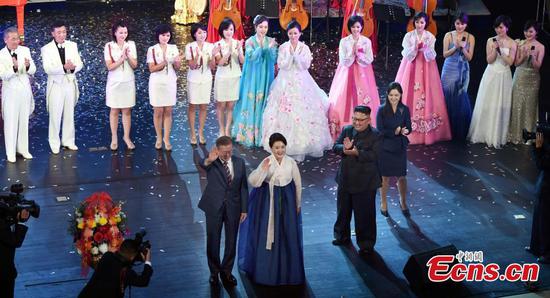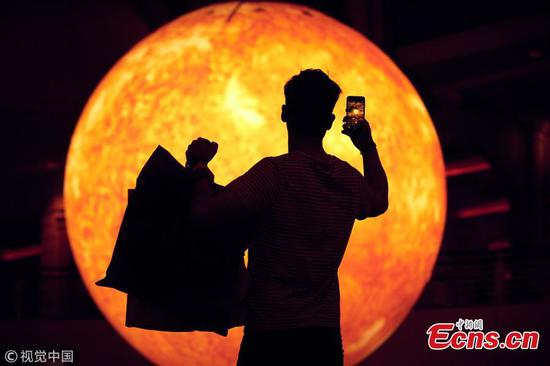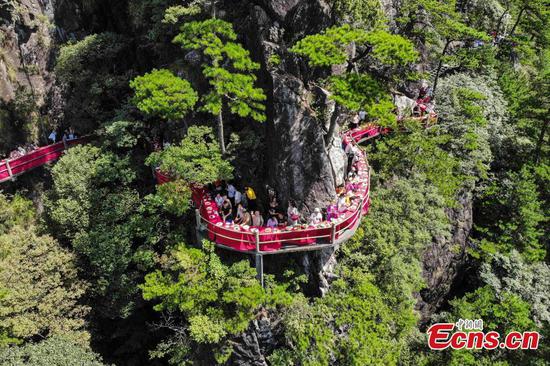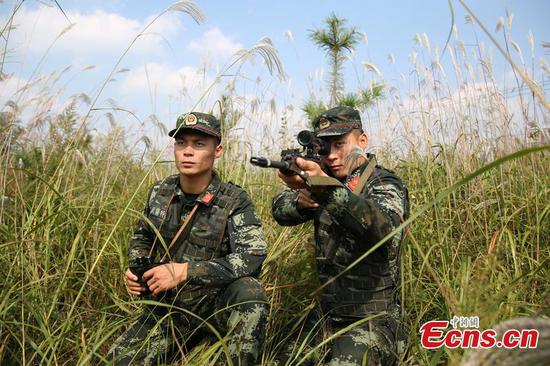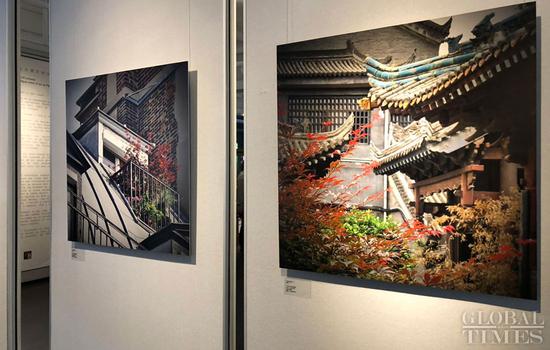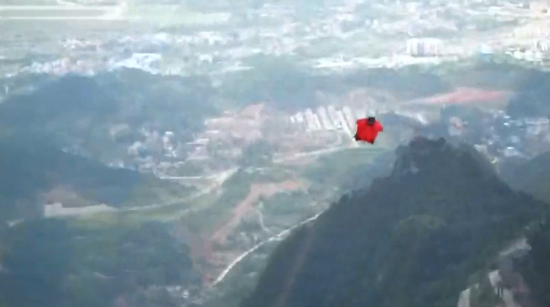During a three-day summit this week in Pyongyang, leaders of the two Koreas agreed to continue talks on the denuclearization of the Korean Peninsula and take steps toward creating a lasting peace on the peninsula.
Experts now see two separate yet still related tracks of development on the Korean Peninsula. While concrete measures for peacemaking are expected to improve inter-Korean relations and reduce the risk of war, the denuclearization process still depends on the response of the United States, the superpower in the driver's seat for the talks.
The Democratic People's Republic of Korea (DPRK) has demanded a declaration of peace from the United States as a first step towards denuclearization.
The United States has resisted this request. It has, instead, insisted on "complete and verifiable denuclearization first" and pledged to maintain "maximum pressure" before the goal is achieved.
"There is room to make tangible progress, however, if the U.S. rethinks its negotiating strategy," wrote Victor Cha, Korea chair at the Center for Strategic and International Studies and a professor at Georgetown University, and Abraham Denmark, director of the Asia Program at the Woodrow Wilson International Center for Scholars and a senior fellow at the Kissinger Institute on China and the United States.
A BIG SURPRISE
The Pyongyang summit started with top DPRK leader Kim Jong Un welcoming visiting South Korean President Moon Jae-in at the airport in a grand ceremony. They issued a joint declaration aimed at making the peninsula free of nuclear weapons or threats of armed conflict and witnessed the signing of a separate military agreement on tension reduction and peace building between their countries.
Yet the question that looms large over the summit is how the United States will respond to the DPRK.
Kim promised further steps towards complete denuclearization of the peninsula if the United States takes corresponding actions in accordance with a DPRK-U.S. agreement signed in June.
The steps include the permanent destruction of the DPRK's main Yongbyon nuclear facility, as well as the permanent destruction of the Dongchang-ri engine test site and missile launching pads in the presence of experts from the countries concerned.
The moves come as a surprise to some.
"This is something that we didn't think he would do, so I think that's a good thing. Hopefully (U.S. President Donald) Trump will reciprocate by giving a peace declaration," said Harry Kazianis, director of Defense Studies at the Washington-based Center for the National Interest.
China has welcomed the progress in inter-Korean relations.
"China, as a close neighbor, always supports the efforts of the north and south of the peninsula to improve their ties and push forward reconciliation and cooperation through dialogue and consultation," Foreign Ministry spokesperson Geng Shuang told a press briefing.
CONTRADICTORY PERSPECTIVES
Cha and Denmark said that the DPRK-U.S. denuclearization talks "have foundered in part because of a fundamental contradiction in world views."
For the DPRK, it is impossible to imagine denuclearizing without a firm promise of peaceful and normal relations from the United States. Yet the United States has insisted on complete and verifiable denuclearization first, they said.
"So long as these issues are linked, and so long as leaders in Washington and Pyongyang continue to cling to their particular understanding of how they are linked, even another Trump-Kim summit is likely to produce little," they wrote on Bloomberg.
Moon is expected to deliver Kim's message to Trump during a scheduled visit to New York for UN meetings next week. What was discussed by Moon and Kim on denuclearization but not included in the joint declaration will be conveyed to U.S. President Donald Trump, Moon said in Seoul.
Experts cautioned against the United States "continuing to resist what would be essentially a symbolic declaration."
"U.S. negotiators should remember that reducing the potential for a devastating war on the Korean Peninsula is at least as important as a goal as full denuclearization," they wrote.
"SEPARATE TRACKS"
The military agreement between the DPRK and South Korea covers detailed steps to implement the Panmunjom Declaration issued by Kim and Moon in April.
The measures include setting up buffer zones and no-fly zones on the borders, withdrawing some guard posts from the demilitarized zone (DMZ) and jointly excavating the remains of fallen soldiers. Moon said in Seoul that South Korea aims to make the war-ending declaration by the end of the year.
In addition, the two sides agreed on concrete economic, cultural and sports cooperation, seen as a potentially easier starting point.
"It seems the two Koreas are moving ahead on their Panmunjom Declaration ... They are kind of separating the issue of denuclearization a bit from the Koreans' need to move forward," said Tim Shorrock, a writer and commentator on U.S. foreign policy and intelligence.
Cha and Denmark said the United States "can't simply console itself that its 'maximum pressure' campaign continues to bottle up the north."
"South Korea seems to be racing ahead in its own peace talks ... as time passes, this disconnect between allies will inevitably strain their relationship and put pressure on Washington to break the logjam," they wrote.









